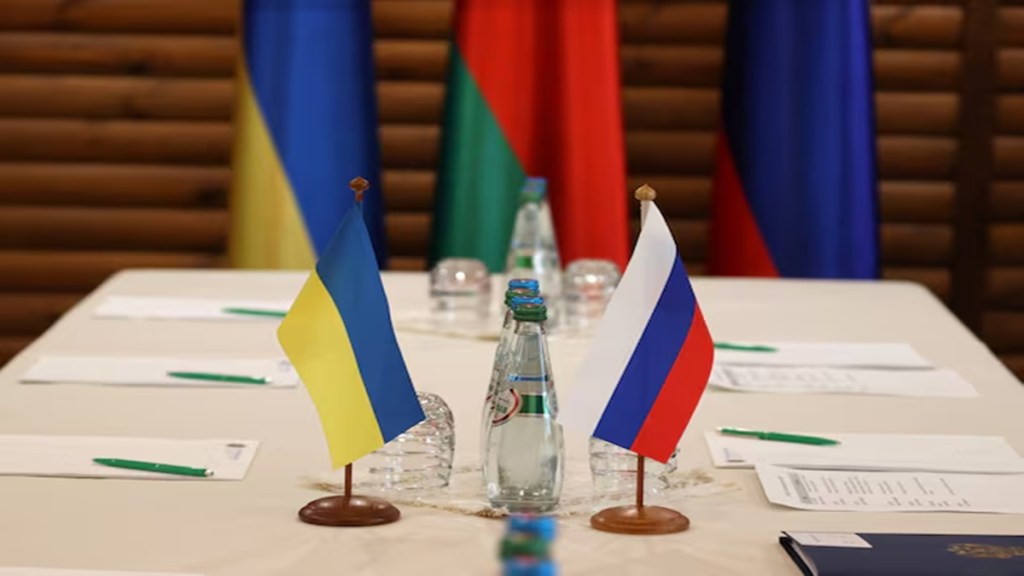US President Donald Trump — who promised to end the three-year long war between Russia and Ukraine in 24 hours during his electoral campaign — is finding it tough going as a peacemaker. Following his call with Russian President Vladimir Putin, the latter ordered his military to refrain from striking Ukrainian energy infrastructure for 30 days while stopping short of agreeing to Trump’s proposal for an unconditional 30-day ceasefire. Ukraine, for its part, has backed the 30-day unconditional ceasefire proposal despite having deep misgivings whether Putin really wanted to end the ongoing war.
Putin may thus have responded positively to Trump’s outreach but he raised a series of significant issues about enforcing such an agreement besides “serious risks” regarding Ukraine’s compliance. The conditional ceasefire no doubt brings respite from Russia’s relentless attacks on Ukraine’s energy grid. Kyiv, too, will desist from long-range strikes on Moscow’s oil and gas facilities. But the guns will not be silent during this conditional ceasefire phase as Russia can still press ahead with its battlefield advantage in targeting Ukraine’s citizenry, hospitals, cities, and ports. Lasting peace will indeed take a long time.
Peacemaking, however, is problematic stemming in good part from how the warring parties perceive the interlocutors. Trump is not exactly a disinterested peacemaker in this conflict as he exerted relentless pressure on President Volodymyr Zelenskyy to accede to his terms to end the war, even seeking a price or payback for US support through securing 50% ownership of Ukraine’s mineral deposits, including graphite, lithium, and uranium. When he first called Putin in February to “immediately” end the war, the US President blindsided Europe, if not Ukraine. Talks between Washington and Moscow in Riyadh did not include Europe and Ukraine. These talks will take place again in Saudi Arabia on Sunday led by US secretary of state Marco Rubio and national security adviser Mike Waltz. Europe’s serious concern is how far Trump is willing to concede to Russia’s demands to end the war. At the Munich Security Conference, top US officials dismissed Ukraine’s demands for a return of all seized territories and its North Atlantic Treaty Organization (NATO) membership as “unrealistic”. All of this was music to Putin’s ears as his maximalist demand is that the eastward expansion of NATO must stop to settle the real reasons for this conflict.
The upshot is that peacemaking efforts in Ukraine will not succeed unless it is even-handed. Ukraine will not countenance the loss of one-fifths of its territory to Russia for lasting peace. A more durable pathway for peace must have both the warring parties at the table. In this regard, Indian Prime Minister Narendra Modi’s suggestions merit serious consideration. He has long held that dialogue and diplomacy was the only way to end this conflict. In a recent podcast, Modi stated that he has a close relationship with both Russia and Ukraine alike: he can sit with Putin and say that this is not the time for war and also tell Zelenskyy that there will never be a resolution on the battlefield. This will happen only when Ukraine and Russia come to the negotiating table. Even-handed interlocutors must facilitate this process to ensure prospects for lasting peace — rather than just a fragile 30-day conditional ceasefire — in a conflict that triggered a food, fuel, and fertiliser crisis adversely impacting the world economy and the Global South.

